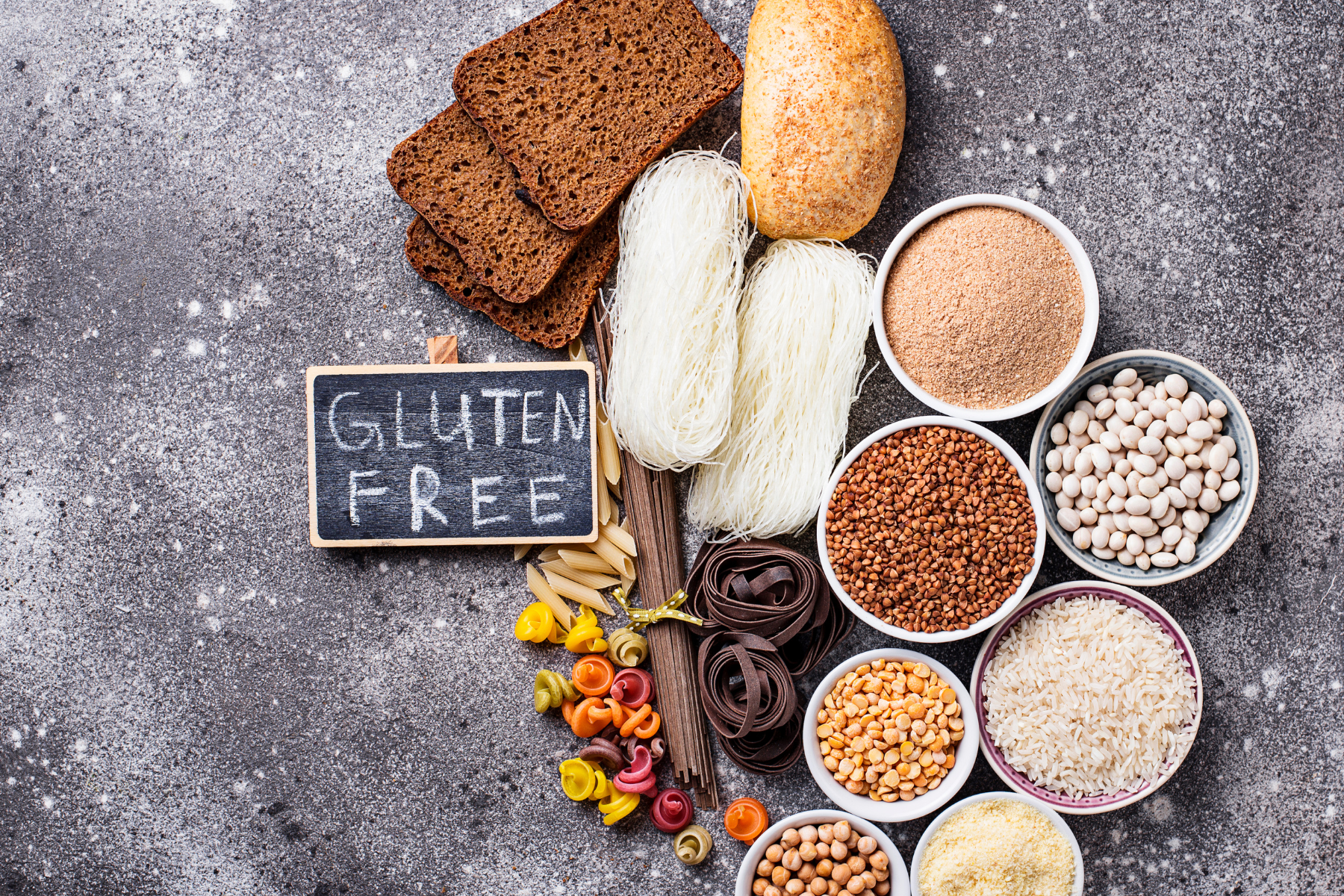Guide to Gluten-Free Lifestyle
Here’s a guide that delves into the challenges and benefits of gluten-free living, along with suggestions for delicious gluten-free recipes to try.


Navigating a gluten-free lifestyle involves more than just modifying one's diet; it requires a comprehensive understanding of gluten, its sources, and the implications of gluten intolerance or celiac disease. Here’s a guide that delves into the challenges and benefits of gluten-free living, along with suggestions for delicious gluten-free recipes to try.
Understanding Gluten-Free Living
What is Gluten?
Gluten is a protein found in wheat, barley, rye, and derivatives of these grains. It is responsible for the elasticity and chewiness of baked goods.
Who Needs a Gluten-Free Diet?
A gluten-free diet is essential for individuals with celiac disease, an autoimmune disorder where the ingestion of gluten leads to damage in the small intestine. It's also beneficial for those with gluten sensitivity or wheat allergy.
Challenges of Gluten-Free Living
- Limited Food Choices: The most apparent challenge is the restriction of food choices. Many staple foods like bread, pasta, and many processed foods contain gluten, requiring individuals to find alternative ingredients and products.
- Cross-Contamination Risks: For those with celiac disease, even minute amounts of gluten can cause health issues, making cross-contamination a significant concern in kitchens and restaurants.
- Social and Emotional Impact: Dining out or eating at social events can be difficult, as gluten-free options may not always be available. This can lead to feelings of isolation or exclusion.
- Cost: Gluten-free products are often more expensive than their gluten-containing counterparts.
Benefits of Gluten-Free Living
- Symptom Relief: For those diagnosed with celiac disease or gluten sensitivity, removing gluten from their diet can drastically reduce symptoms such as gastrointestinal discomfort, fatigue, and headaches.
- Increased Awareness and Healthier Choices: Living gluten-free can lead to a more conscientious approach to diet and nutrition, encouraging the consumption of fruits, vegetables, and lean proteins over processed foods.
- Innovation in Gluten-Free Products: As awareness of gluten-related disorders grows, so does the market for gluten-free products, leading to more varied and improved options.
Delicious Gluten-Free Recipes to Try
Transitioning to a gluten-free diet doesn’t mean sacrificing flavor or variety. Here are some gluten-free recipes to consider:
- Gluten-Free Pancakes: Made with gluten-free flour blends, these can be just as fluffy and delicious as traditional pancakes. Mix in bananas or blueberries for added flavor.
- Zucchini Noodles: A fantastic pasta substitute, zucchini noodles are both healthy and gluten-free. Serve them with your favorite pasta sauce, like a classic marinara or a creamy Alfredo.
- Flourless Chocolate Cake: A rich, dense cake that uses cocoa powder and eggs instead of flour, making it naturally gluten-free.
- Quinoa Salad: Quinoa is a protein-rich seed and serves as an excellent base for salads. Mix it with chopped vegetables, a vinaigrette, and herbs for a nutritious meal.
For those new to gluten-free cooking, websites like Celiac Disease Foundation offer a plethora of gluten-free recipes, tips on avoiding cross-contamination, and guides to gluten-free grains.
Conclusion
Living gluten-free can be challenging initially, but it also brings substantial health benefits for those with gluten-related disorders. With careful planning and awareness, those on a gluten-free diet can enjoy a diverse and satisfying menu.